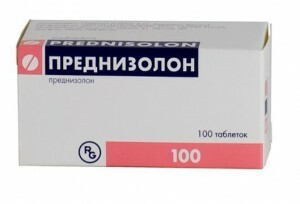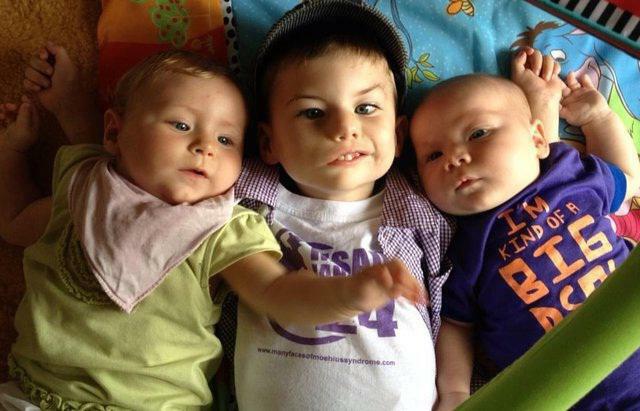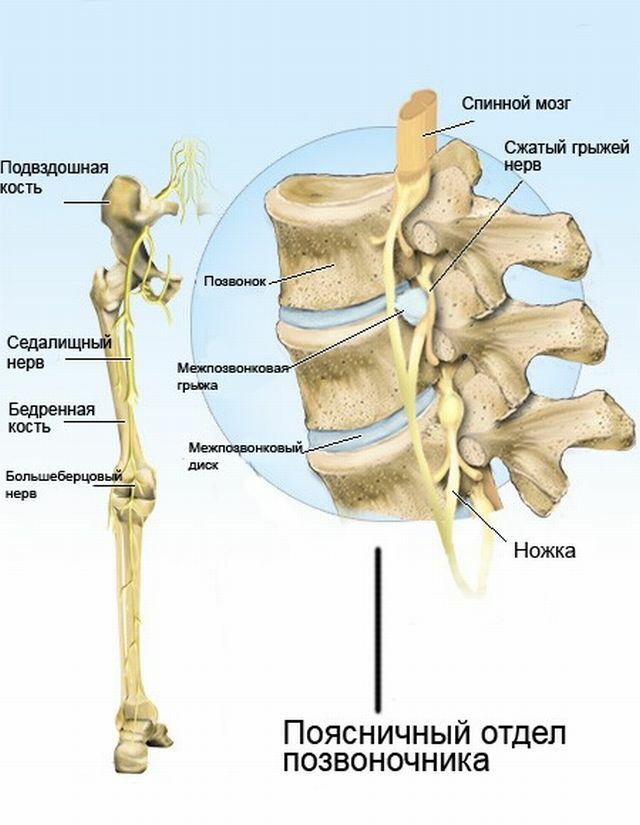 The Tholos-Hunt syndrome( CTH, pain ophthalmoplegia) is an internal pathology characterized by the defeat of the nerves( oculomotor, diverting, lateral), the first branch of the trigeminal nerve, the orbital vein and artery, and the inflammation of the outer wall of the cavernous( cavernous) sinus.
The Tholos-Hunt syndrome( CTH, pain ophthalmoplegia) is an internal pathology characterized by the defeat of the nerves( oculomotor, diverting, lateral), the first branch of the trigeminal nerve, the orbital vein and artery, and the inflammation of the outer wall of the cavernous( cavernous) sinus.
The cavernous sinus is located in the hard shell of the brain and regulates intracranial circulation and the outflow of venous blood from the orbits and brain. This disease is rare, and in an equal proportion, both in men and in women. The elderly are more predisposed to the disease.
Mechanisms that trigger the development of
The cause of almost every second case of the syndrome is an inflammatory process of autoimmune origin( a violation of the immune system), which is localized in the region of the cavernous sinus with the formation of granulomas.
For rare reasons carry:
- congenital pathology, leading to disruption of cerebral circulation( vascular malformation);
- inflammation of the solid membrane of the brain or spinal cord( cranial pachymeningitis);
- brain tumors( primary and secondary);
- inflammation of extraocular muscles( paired muscles providing eye movement);
- cavernous sinus thrombosis;
- necrotic lesion of small and medium arteries( nodular polyarteritis).
Features of the clinical picture
The symptomatology of the disease, depending on its origin, has both common features and distinctive features for each individual  case.
case.
Autoimmune syndrome of Tolosa-Hunt develops after the transferred infections, nervous stresses, hypothermia. It is characterized by an acute onset, moderate or severe pain in the eyeball area.
The oculomotor nerve is most often affected with the restriction of the eye movement inward and upward. Patients have divergent strabismus, ovulation of the upper eyelid, exophthalmus of mild degree, edema of the conjunctiva( eye membrane).
Painful ophthalmoplegia caused by congenital impairment of cerebral circulation, arises against a background of consistently high blood pressure.
Differs sharp character and moderate pain syndrome. Affected and oculomotor nerves are affected. Euphorbia and edema with this option is not observed.

Exophthalmos as one of the symptoms of CTX
In the presence of a tumor, the disease begins subacute. The main symptoms of the Tolosa-Hunt syndrome in this case are: exophthalmos, significant swelling of the eyeball shell, paralysis of the cranial nerves( one or several).
Syndrome with orbital myositis develops moderately, with intense pains and pronounced effleurage, edema and a vision disorder( diplopia).
The syndrome of Tholos-Hunt, which has occurred due to inflammation of the membranes of the brain develops rapidly. There are no symptoms of infection and meningeal signs( Kernig reflex, increased muscle tone ─ rigidity).Puffiness and exophthalmos are not manifested. People who are old age are prone to idiopathic CTH.Pain syndrome is not always expressed.
General symptoms of the syndrome:
- develops a disease always one-sided;
- simultaneous development of paralysis of the muscles of the eye and sharp pain inside the orbit;
- lesion of the oculomotor nerves;
- is a progressive onset of symptoms, from several days to several weeks;
- sudden, unreasonable weakening of the main symptoms of the disease( remission);
- the probability of relapse after a few months or years.
How it looks in life:
Topical research methods
Because the disease is rare, it causes certain difficulties in the timely diagnosis. Due to the fact that the symptoms of CTH largely repeat the symptoms of many diseases, it is difficult to differentiate it. As a rule, the diagnosis is established by excluding all similar diseases. 
To accurately diagnose, staff of specialized specialists are involved: neurologists, ophthalmologists, oncologists, neurosurgeons, rheumatologists, endocrinologists.
First carry out neurological and ophthalmologic examinations. Assign blood and cerebrospinal fluid( general clinical and immunological), enzyme-linked immunosorbent assay.
In CT and MRI of the brain, granulomas and thickening of the cavernous sinus wall from the outside, thrombosis or ruptures of dilated blood vessels, an increase in the internal muscles of the eye are detected in patients.
A biopsy is also recommended for the detection of granulomas.
Principles of treatment
The most effective method is immunosuppressive therapy aimed at unwanted reactions of the immune system. Here the hormonal preparations of the group of corticosteroids are most effective: Prednisolone, Medrol are prescribed orally or intravenously. A clear improvement from hormone therapy occurs already in the first three days.
 In addition to the main treatment, symptomatic therapy is prescribed: analgesics for the elimination of pain, anticonvulsants, vitamins, restorative complexes.
In addition to the main treatment, symptomatic therapy is prescribed: analgesics for the elimination of pain, anticonvulsants, vitamins, restorative complexes.
The forecast is usually favorable. Subject to accurate diagnosis and properly selected therapy, the disease is treatable, the symptoms are traceless. The work ability is fully preserved. Nevertheless, with frequent relapses of the syndrome, a person should be transferred to easy labor and give a disability.
To foresee the possibility of the development of the Tolosa-Hunt syndrome is impossible, therefore there is no primary prevention. If there are such symptoms as double vision, pain in the forehead and eyeball area, then a thorough examination is necessary.
But secondary prevention is aimed at preventing relapses and includes hormonal therapy, strengthening immunity, avoiding stress, hypothermia, inflammatory diseases.



